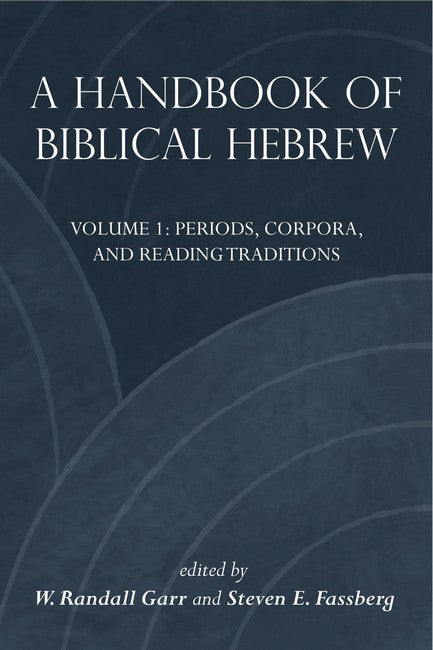Volume 1 contains contains discussions of the various stages of Biblical Hebrew's development; Volume 2 contains sample texts and illustrations of the reading traditions
Preface
Part I
Phases of Biblical Hebrew
1. Standard/Classical Biblical Hebrew
Joseph Lam and Dennis Pardee
2. Archaic Biblical Hebrew
Agustinus Gianto
3. Transitional Biblical Hebrew
Aaron D. Hornkohl
4. Late Biblical Hebrew
Matthew Morgenstern
Part II
Contemporary Hebrew Attestations
5. Epigraphic Hebrew
Shmuel Aḥituv, W. Randall Garr, and Steven E. Fassberg
6. Ben Sira
Wido van Peursen
7. The Hebrew of the Dead Sea Scrolls
Jan Joosten
Part III
Ancient and Medieval Reading Traditions
8. Hebrew in Greek and Latin Transcriptions
Alexey Eliyahu Yuditsky
9. Samaritan Tradition
Moshe Florentin
10. Babylonian Tradition
Shai Heijmans
11. Karaite Transcriptions of Biblical Hebrew
Geoffrey Khan
12. Palestinian Tradition
Joseph Yahalom
13. Tiberian-Palestinian Tradition
Holger Gzella
Part IV
Essays
14. The Tiberian Tradition of Reading the Bible and the Masoretic System
Yosef Ofer
15. The Contribution of Tannaitic Hebrew to Understanding Biblical Hebrew
Moshe Bar-Asher
16. Modern Reading Traditions of Biblical Hebrew
Aharon Maman

